
A waterproof isolator is an electrical switching device used in humid environments or underwater locations. It is designed to prevent moisture or humidity from affecting the normal function of the switch and ensure the safety of the user.
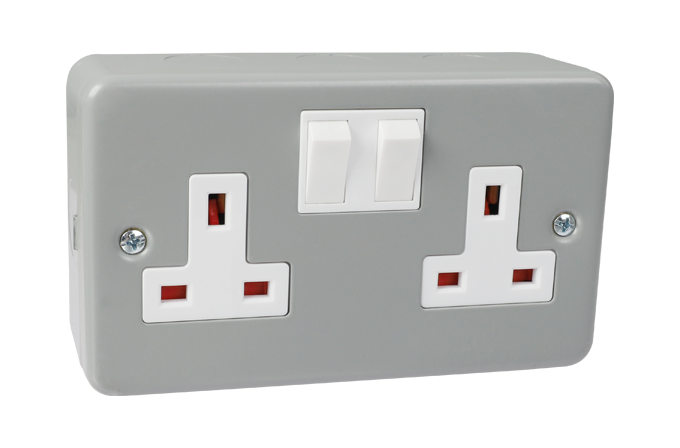
Metal clad usually refers to an electrical switch whose outer shell is made of iron material. The casing of the Metal clad is usually made of iron material, so it has high durability and strength.
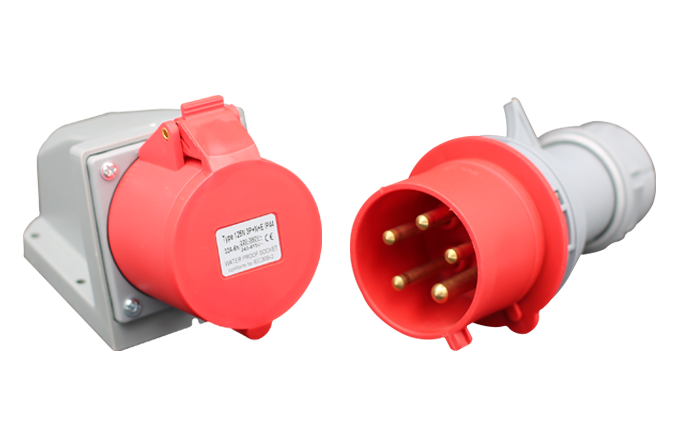
The leakage protection plug is an electrical safety device used to prevent electric shock accidents caused by electrical leakage. When electrical leakage occurs, the leakage protection plug can cut off the circuit in time to protect the safety of the user.
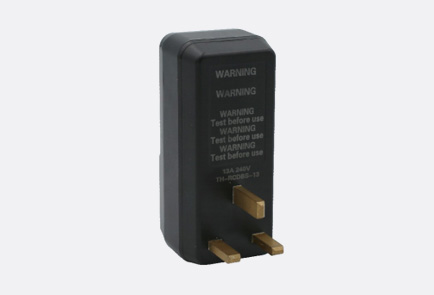
Made of high-performance polycarbonate, no need to reset when powered off, insulated and waterproof, suitable for a wide range of electrical applications, complete certifications, safe and reliable.
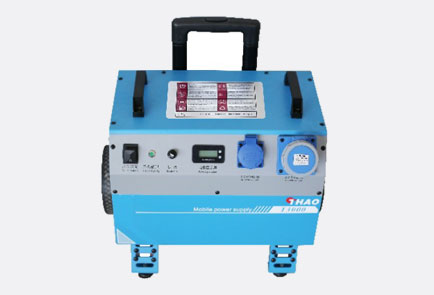
THAO can provide you with versatile and convenient solutions for portable power boxes, which can obtain power in various environments where mobility and flexibility are crucial.
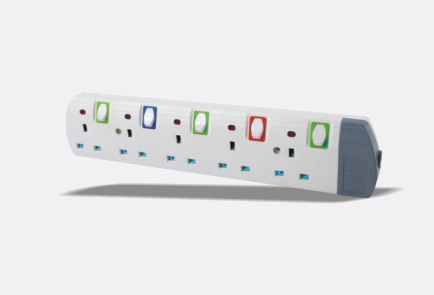
Industrial plugs and sockets are electrical connection equipment used in the industrial field. They are mainly used to connect industrial equipment or mechanical equipment to provide power. They typically have higher current and voltage handling capabilities.
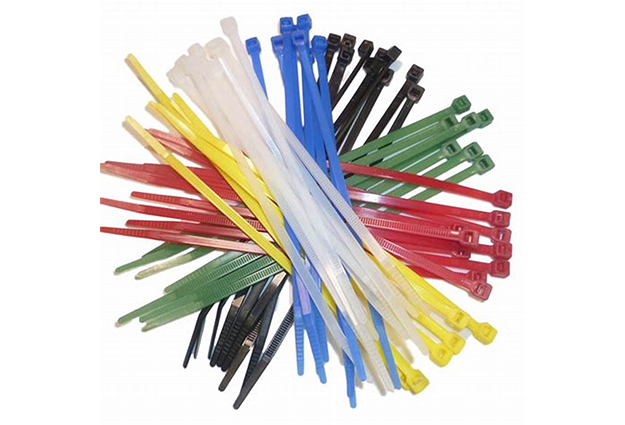
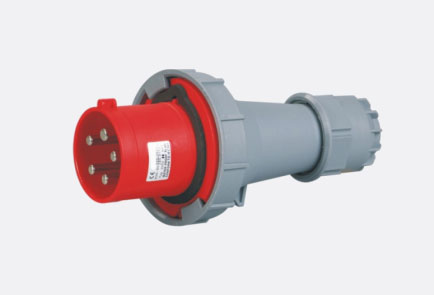
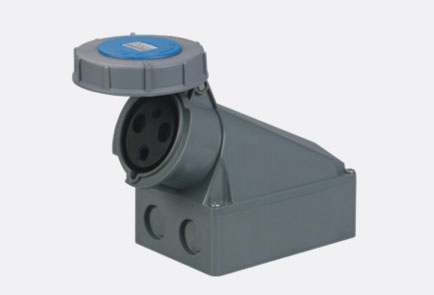
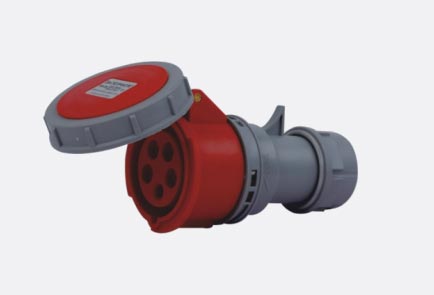

Has been focusing on the R&D and manufacturing of industrial plugs and sockets Our products are sold to more than 100 countries and are well received!
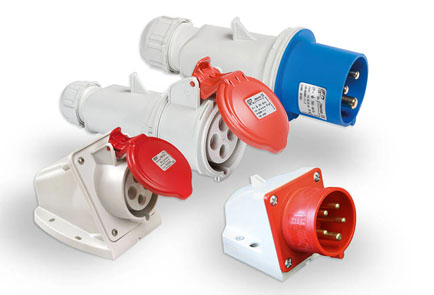
When it comes to the electrical systems we use, industrial plug and socket systems and domestic plug and switch systems serve distinct purposes, and their differences are quite pronounced. These disparities stem from the varying demands of industrial and domestic environments, ensuring that each type is optimized for its specific application. Industrial plug and socket systems differ from domestic plug and switch systems in several aspects, including their design, voltage and current ratings, safety features, and durability. The following is a detailed explanation:

Industrial Plugs and Sockets: They usually have a more robust and larger design to accommodate higher current-carrying capacities. The shapes and configurations are often standardized to meet specific industrial requirements, and they may come in different pin arrangements and sizes depending on the application. For example, some industrial plugs have three pins for power supply, while others may have four or five pins to include additional features like grounding or signaling.
Domestic Plugs and Switches: They are generally smaller and more compact, designed to fit the needs of household appliances and electrical devices. Domestic plugs usually have two or three pins, with the three - pin plugs being more common for safety - related reasons. The appearance is often more aesthetically pleasing to blend in with the home environment.
Industrial Plugs and Sockets: They are designed to handle higher voltages and currents. In industrial settings, voltages can range from 220V to 480V or even higher in some cases, and they can carry currents of 16A, 32A, 63A or more, depending on the specific equipment and application. This is because industrial machinery and equipment typically require more power to operate.
Domestic Plugs and Switches: They are rated for lower voltages and currents, usually 110 - 120V or 220 - 240V, depending on the country. The current ratings are typically 10A or 13A for most household appliances, with some heavy - duty appliances like electric ovens and dryers may use 15A or 20A plugs.
Industrial Plugs and Sockets: They often incorporate advanced safety features to protect against electrical hazards in industrial environments. This may include features such as interlocking mechanisms to prevent accidental disconnection, grounding pins to ensure proper electrical grounding, and protection against dust and water ingress, especially in harsh industrial settings. Some industrial plugs and sockets also have built - in fuses or circuit breakers to protect the equipment and the electrical system from overloading and short - circuits.
Domestic Plugs and Switches: They also have safety features, such as the use of insulating materials and the presence of a grounding pin in three - pin plugs. However, the level of protection may not be as high as in industrial - grade products. Domestic plugs and switches are designed to meet the safety requirements of a typical home environment, which is generally less hazardous than an industrial setting.
Industrial Plugs and Sockets: They are built to withstand frequent use, rough handling, and harsh environmental conditions. They are made from high - quality materials that are more resistant to wear, corrosion, and heat. Industrial - grade plugs and sockets are designed to have a long service life, even under heavy - duty usage in industrial plants, factories, and construction sites.
Domestic Plugs and Switches: They are designed for regular but less demanding use in the home. While they are expected to be reliable, they may not be able to withstand the same level of abuse and harsh conditions as industrial - grade products. Domestic plugs and switches are usually replaced more frequently due to wear and tear compared to their industrial counterparts.
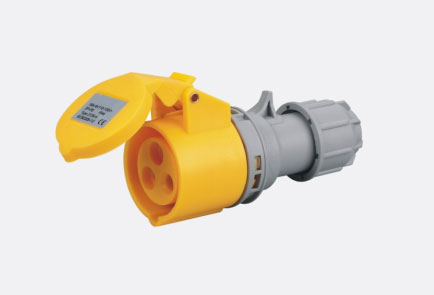
In conclusion, industrial plug and socket systems and domestic plug and switch systems are designed with different priorities in mind, based on the unique requirements of their respective environments. Understanding these differences is essential for ensuring the safe and efficient operation of electrical systems in both industrial and domestic settings.

Industrial plugs—designed for heavy-duty use, resistance to harsh conditions, and safe high-voltage connections—are not one-size-fits-all. Unlike standard household plugs, their IP (Ingress Protection) ratings, durability, and compatibility with industrial-grade equipment make them indispensable across sectors where reliable power is non-negotiable. Below, we break down the key industries that rely on industrial plugs, and why these specialized connectors are critical to their operations.

The manufacturing and automotive industries operate high-load equipment—from assembly line robots and CNC machines to welding tools and conveyor belts—that demands stable, high-amperage power. Industrial plugs excel here for two key reasons:
Durability: Models with reinforced casings (e.g., nylon or metal) withstand constant vibration, impacts, and exposure to lubricants or coolants—common in automotive factories. For example, a car assembly plant might use 3-phase industrial plugs (rated 32A or 63A) to power robotic arms, ensuring uninterrupted production.
Safety: Many industrial plugs for manufacturing meet IEC 60309 standards, featuring color-coded pins (e.g., blue for 230V, red for 400V) to prevent misconnection. This reduces electrical hazards in busy factories where multiple machines share power sources.
The energy sector—including power plants, wind farms, solar installations, and oil refineries—relies on industrial plugs to handle extreme conditions, from outdoor weather to explosive atmospheres:
Outdoor Energy Sites: Wind and solar farms use waterproof industrial plugs (IP67 or IP68 rated) to connect inverters, battery storage systems, and monitoring equipment. These plugs resist rain, dust, and temperature fluctuations (from -40°C to 80°C), critical for remote locations.
Hazardous Energy Zones: Oil refineries and natural gas plants require explosion-proof industrial plugs (ATEX or IECEx certified) to prevent sparks that could ignite flammable vapors. For instance, a refinery’s pipeline pump system might use flameproof industrial plugs to ensure safe power delivery.
Power Distribution: Utility companies use industrial plugs in substations to connect transformers and backup generators, with lockable designs to prevent unauthorized tampering.
Construction sites are dynamic, messy environments where power needs shift daily—making industrial plugs a necessity for tools and temporary setups:
Portability: Heavy-duty industrial extension cords with compatible plugs power portable tools like jackhammers, concrete mixers, and electric saws. Unlike household plugs, they handle frequent plugging/unplugging without wear.
Weather Resistance: Construction projects often proceed in rain, snow, or dust. IP65-rated industrial plugs keep water and debris out, ensuring tools like electric welders or lighting towers work safely in wet conditions.
Temporary Installations: For infrastructure projects (e.g., road building or bridge construction), industrial plugs connect temporary power boxes to site offices, security systems, and equipment—reducing the risk of electrical failures.
Logistics centers and warehouses depend on electric material handling equipment—forklifts, pallet jacks, and conveyor systems—that requires efficient, safe charging and powering. Industrial plugs address their unique needs:
High-Current Charging: Electric forklifts use industrial plugs (often 50A or higher) to charge quickly, minimizing downtime. Many warehouses opt for “fast-charge” industrial plugs that cut charging time by 40% compared to standard connectors.
Space Efficiency: Compact industrial plug designs fit in tight spaces, such as under forklift charging stations or alongside conveyor belts. Some models also feature rotating heads for easier connection in cramped areas.
Reliability: Warehouses operating 24/7 can’t afford power disruptions. Industrial plugs with corrosion-resistant pins ensure consistent connections for critical systems like automated storage and retrieval (AS/RS) machines.
Hospitals, clinics, and pharmaceutical labs require plugs that meet strict hygiene and safety standards—industrial plugs deliver on both:
Food and beverage plants face frequent washdowns with high-pressure water and sanitizers—standard plugs would short-circuit, but industrial plugs are built for this:
Washdown Resistance: IP69-rated industrial plugs withstand high-temperature, high-pressure cleaning (up to 80°C and 80 bar), making them ideal for dairy farms, breweries, and meat processing facilities. For example, a dairy plant uses these plugs to power milking machines and pasteurization equipment.
Corrosion Resistance: Stainless steel industrial plugs resist rust from constant exposure to water, chemicals, and food acids (e.g., in tomato processing plants).
Hygiene: Smooth, crevice-free designs prevent food particle buildup, helping plants comply with FDA and EU 10/2011 food safety regulations.
Mining, quarrying, and mineral processing operate in some of the harshest conditions on Earth—dust, moisture, and heavy impacts are daily challenges. Industrial plugs here are engineered for survival:
Dust & Water Protection: IP68-rated industrial plugs seal out coal dust, mine water, and mud, powering equipment like drill rigs, crushers, and underground ventilation systems.
Impact Resistance: Reinforced industrial plugs (with shock-resistant casings) withstand drops from mining vehicles or falling debris. Some models can handle impacts up to 10 joules—equivalent to a 1kg object falling 1 meter.
High-Voltage Compatibility: Mining operations often use 600V+ power systems; industrial plugs rated for these voltages ensure safe connection of large-scale equipment like ore conveyors.
While industrial plugs suit multiple sectors, selection depends on three factors:
Environment: IP rating for dust/water (e.g., IP67 for construction, IP69 for food processing).
Power Needs: Amperage (16A–125A) and voltage (230V–690V) to match equipment.
Compliance: Industry-specific certifications (e.g., ATEX for oil refineries, FDA for healthcare).
GET A QUOTE